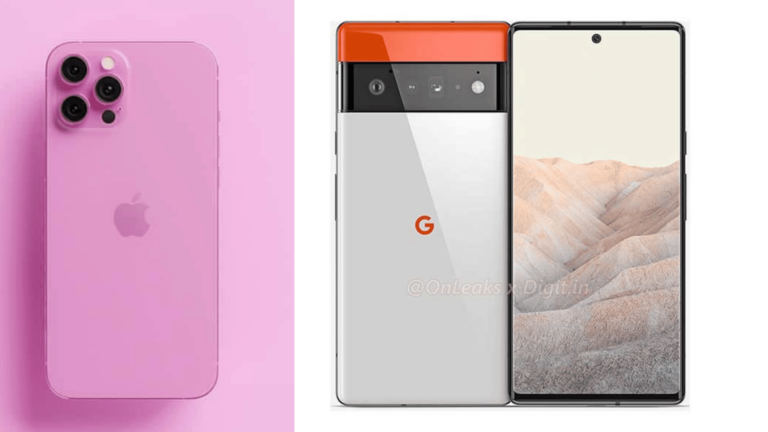Is the Samsung S10 Plus waterproof?
The Galaxy S10 is indeed waterproof. Samsung’s new flagships have IP68 protection. They can be submerged in water up to 1.5 meters deep for up to 30 minutes. So the Galaxy S10 is just as waterproof as any of these devices.
How much does the Samsung S11 Plus cost in Nigeria?
Samsung Galaxy S11 Plus – Nigeria Samsung Galaxy S11 Plus Price from NGN. 420,000 in NGN. 455,000.
How much will the Galaxy S11 cost?
In December 2019, it was reported that Samsung would sell the phone for around 1 million South Korean won, or around US$860. For comparison, the current model costs around $2,000.
How much does the S11 Lite cost in Nigeria?
Gionee S11 Lite price in Nigeria starts at around 40,000 naira. The price in Kenya is expected to be around KSh 12,999.
How much does the Samsung Galaxy S11 cost?
Samsung Galaxy S11 smartphone price in India is expected to be Rs 73,990.
Will the Galaxy S11 have a headphone jack?
The Galaxy Buds are about to get a refresh and could get some exciting new features. There’s no point crying about the Galaxy S11’s lack of a headphone jack.
Are Samsung S11 and S20 the same?
Galaxy S20, not S11. We chose the Galaxy S20 because we wanted a name that heralded the next decade of innovation. This year 2020 marks the start of a whole new decade and makes Samsung the pioneer of a mobile ecosystem powered by 5G, AI and IoT.
Is the S10 or S20 better?
In addition to 5G and higher refresh rates, Galaxy S20 devices can pack more expandable storage compared to last year’s Galaxy S10 lineup, they record 8K video (instead of just 4K), and they run Samsung’s second-generation One UI box.
Is the Samsung Galaxy S20 plus worth it?
It’s one of the few phones that I’d say is definitely worth the high price. This is probably the only Android phone that I think is worth this kind of money. I can’t say the Galaxy S20 Plus is the best in every category, but it’s very close in many of these categories. It’s the most versatile smartphone I’ve used in years.
Which Samsung Galaxy S20 is best?
If you want the best phone in the series, the Galaxy S20 Ultra (introductory price: $1,399 in the US) is for you. It has the largest screen at 6.9 inches, the largest battery at 5,000 mAh, and the best camera setup with a 108 MP main sensor.
Is it worth buying a Samsung S20?
The S20 is a great phone – we even cautiously recommend it over its more expensive variants, the S20 Plus and S20 Ultra. It has most of the same features but is both cheaper and more practical in size.
Does Galaxy S10 need a screen protector?
The S10 is a beautiful phone, but it’s slippery. With glass and metal as its main external components, the Galaxy S10 is ripe for damage. To keep your device intact and prevent damage, cracks, and scratches, consider covering the screen edge to edge with a screen protector as soon as you take it out of the box.
Is S20 ultra better than S20 plus?
The S20 Ultra has a slightly larger 6.9-inch AMOLED display, while the S20 Plus has a 6.7-inch AMOLED display. Both screens are of the highest quality; They are HDR10+ certified and have a refresh rate of 120 Hz, which ensures a silky smooth feeling and will particularly delight gamers.
How long should the S20 battery last?
11 to 12 hours
Is super fast charging bad for S20 battery?
Fast charging won’t hurt your battery Samsung sells you a 45-watt extra-fast charger for $50. If there is no technical defect in the battery or charging electronics, using a fast charger will not damage your phone battery in the long term.
Why does the S20 battery drain so quickly?
Monitor your screen brightness and screen timer. A screen that’s too bright is one of the main reasons why your Galaxy S20 Ultra, S20 Plus, and even the smallest phone in the group, the S20, drains the battery faster. To do this, go to Settings > Display > Brightness and adjust the brightness level.
Why did the S20 ultra fail?
However, this problem may be due to the physical limitations of the phone’s image sensor. This manifests as an issue where the S20 Ultra’s autofocus fails when the phone is within 10 centimeters (cm) or less of its subject, blurring it or its background and rendering any images taken unusable .
